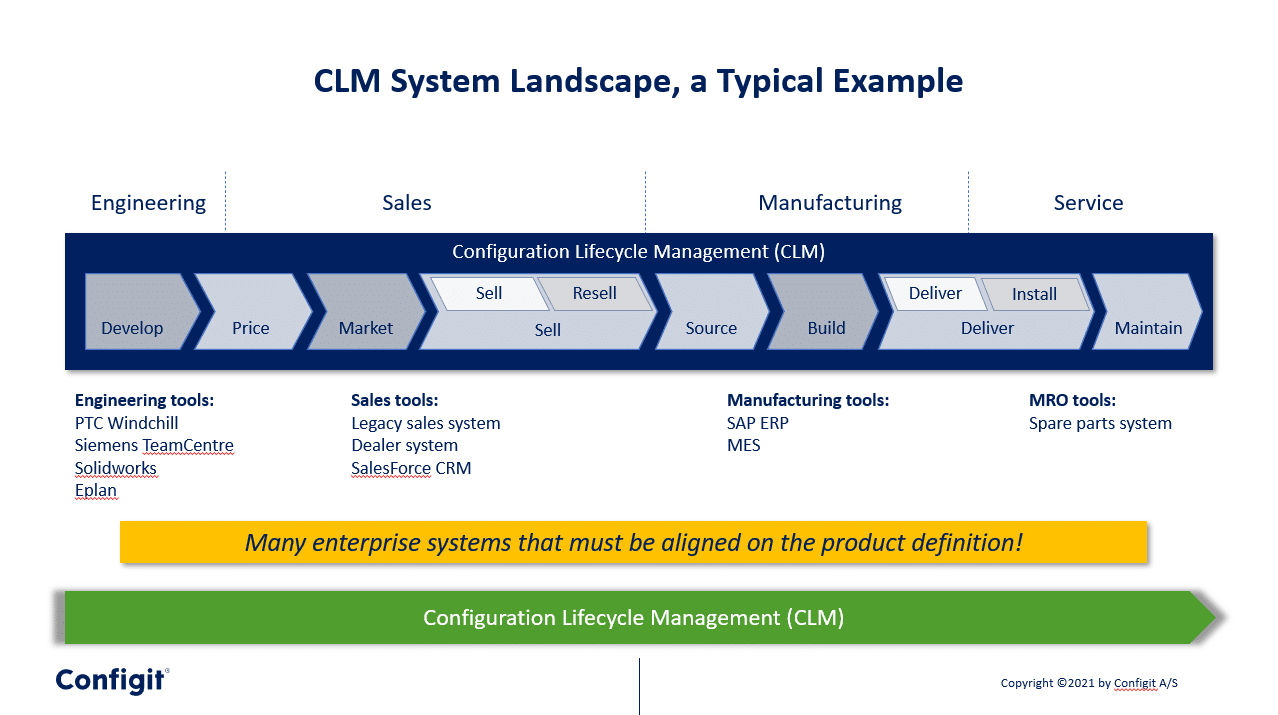One of the issues with RI noted by McDermott in a follow-up Artificial Intelligence article in 1984 [2] was that RI constantly needed to be extended and grown in order to meet demands for new functionality and insight. The AT&T solution tries to address these challenges by designing the PROSE knowledge base in a purely declarative form, which allows developers to add knowledge quickly and consistently. This enabled the solution to be used for a variety of products and also to be used for both the generation and verification of configurations. This allowed the solution to be used to support sales, engineering and manufacturing.
However, this original dream of end-to-end configuration was challenged by the complexity of the task at hand, which required a great deal of resources and know-how, and was also constrained by the tools available at the time. Originating in the realm of artificial intelligence, the solutions were often difficult for others to understand and apply. This made widespread adoption of end-to-end configuration solutions difficult. Product configurators were mainly applied to specific applications, which were better understood, more readily implemented and justified, such as sales solutions like Configure Price Quote (CPQ) systems, but not for end-to-end configuration. Until now.




